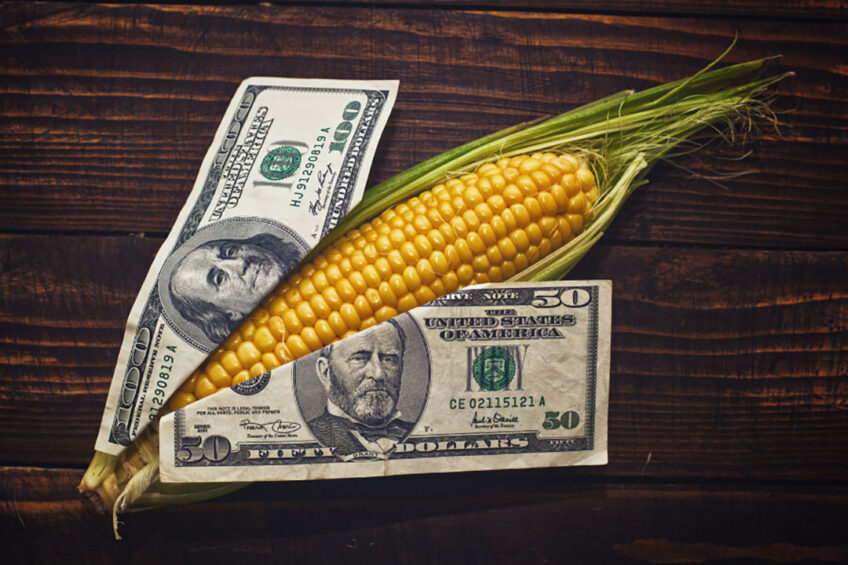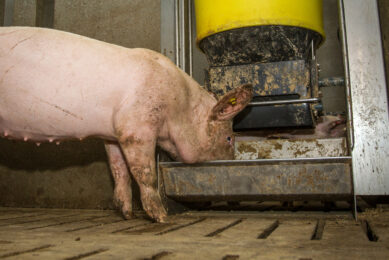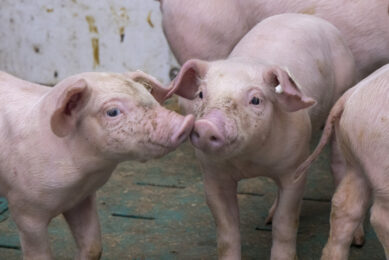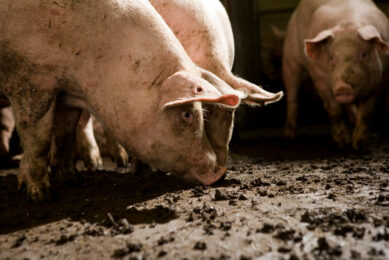Pig market risks? Look outside the comfort zone

Market prices for both raw materials as well as pigs have been on the loose in recent months. How could pork producers brace for the impact? Swine nutrition technology expert Dr Casey Bradley sums up a couple of useful ideas.
If 2020 was an unusual year for you, it appears that 2021 is giving it a run for its money. In the United States, on May 7th corn hit a high at US$ 7.73/bushel (€ 251/tonne) while we had a low of $ 3.10/bushel (€ 122/tonne) back in August 2020.
Soybean meal had a market high this year on January 14th at $ 464.90/tonne and similar to corn had a market low also in August 2020 at $ 286.80. Let us not forget vitamin and methionine shortages as well over the last year. But luckily swine prices are also trading higher than normal globally.
Paying up to 60% more feed costs
But let us consider the traditional farmers in the USA growing 50% of their corn and either locking in corn at harvest, hedging the future market, or buying on demand at the end of the year. If we maintained the same nutritional programme without any formulation reformulation, the producer buying on demand in the end of the 2nd or 3rd quarter will be paying up to 60% more in feed costs than producers who bought at August 2020 prices.
When markets become this opportunistic on pig values but high input costs, one should consider formulating rations to reduce the cost of gain either by driving average daily gain (ADG) or improving feed conversion rates (FCR). Which in the summertime facing heat stress conditions and old corn stocks, could be a daunting task.
Becoming aggressive with enzymes
One key opportunity is to become aggressive with enzymes and their nutrient matrices to reduce diet costs or optimising opportunity ingredients. But further research is indicating potential diet cost savings by opportunities by other feed additives, such as peptides.
Furthermore, nursery diets are very opportunistic to reduce feed costs without hindering performance or closeout performance. Some suggestions for this period are removing or replacing specialty proteins by utilising more soybean meal while adding in a variety of feed additives. If you can reduce your first 7kg of feed fed at weaning by 25% in cost, that ultimately could result in $ 1.50 per pig value.

Read also: Ensuring a future for Canada’s pig producers
However, when we consider opportunities in reducing feed costs in finisher pigs, it is not as opportunistic as the nursery period. Financially the best opportunity is to focus on feed efficiency or gain, as it dramatically increases as the pigs near slaughter. For instance, if we improve FCR by 4 points or 1.5 % (2.65 FCR) we could save $ 0.74-$ 1.20/pig, depending on your corn price.
If we improve ADG by that same 1.5% (0.95 vs. 0.964 kg/d) we could either save 2 days in the barn or tack on 1.93 kg more in bodyweight, resulting in $ 0.28-$ 3.50/pig additional value.
Change and adapt to market conditions
The key take-away is your nutritional strategies need to change and adapt to your market conditions. Over a 2-week period your feed costs could change by 3% (May 12-25th 2021 example) or more. With these dramatic shifts in the markets today, how you are managing your nutritional programme, it makes a difference to minimise the risks and losses.











